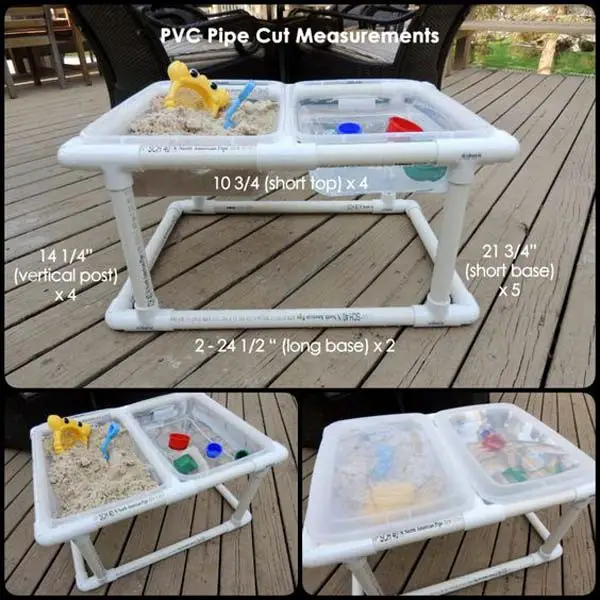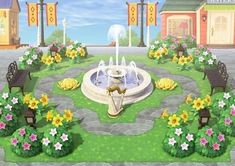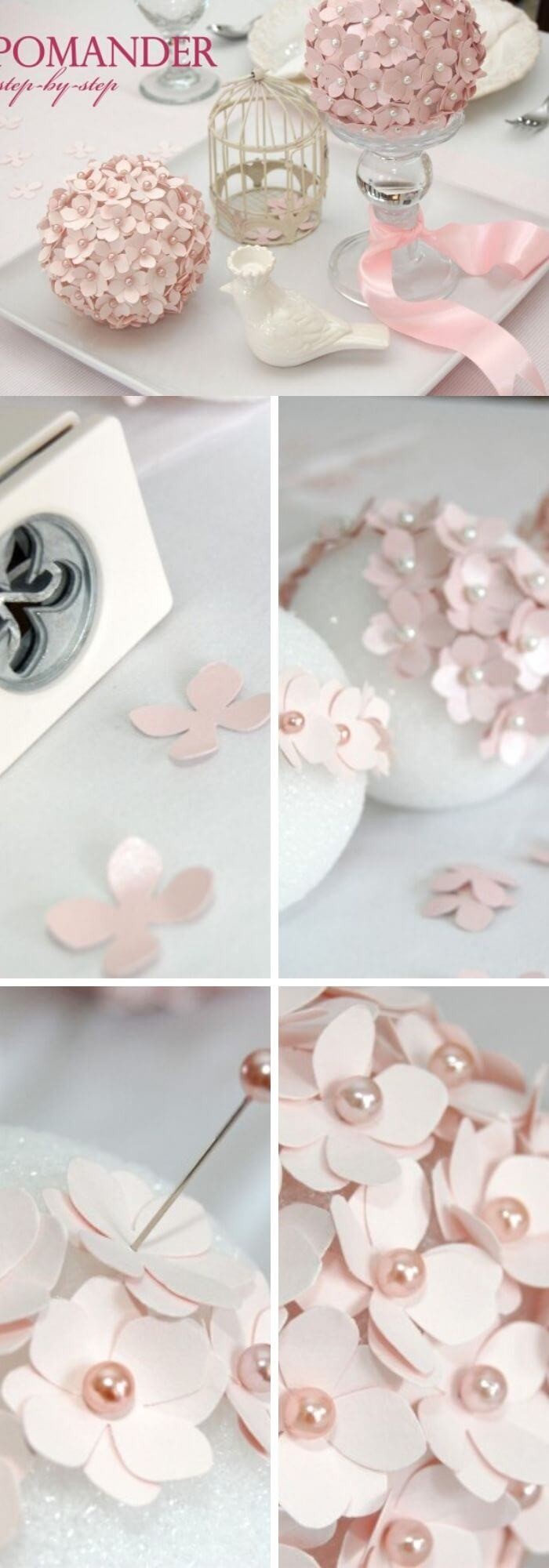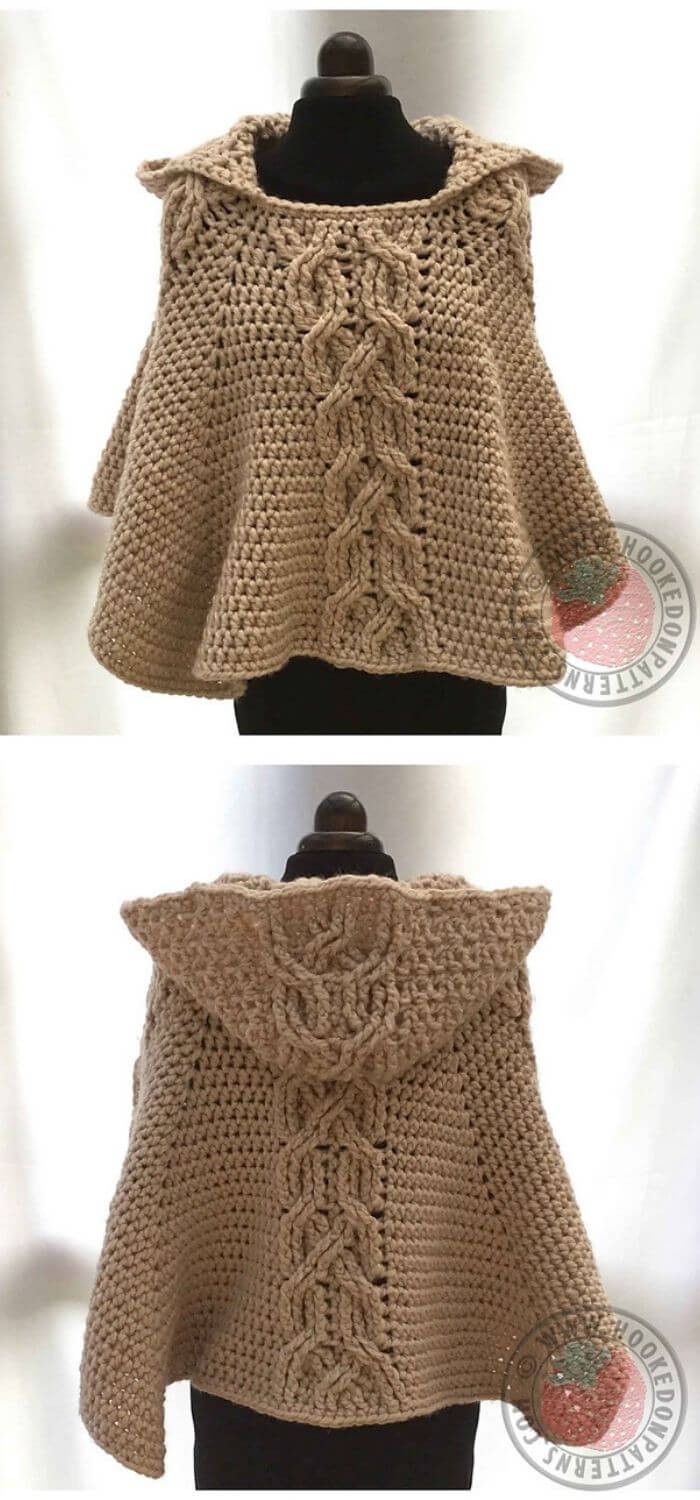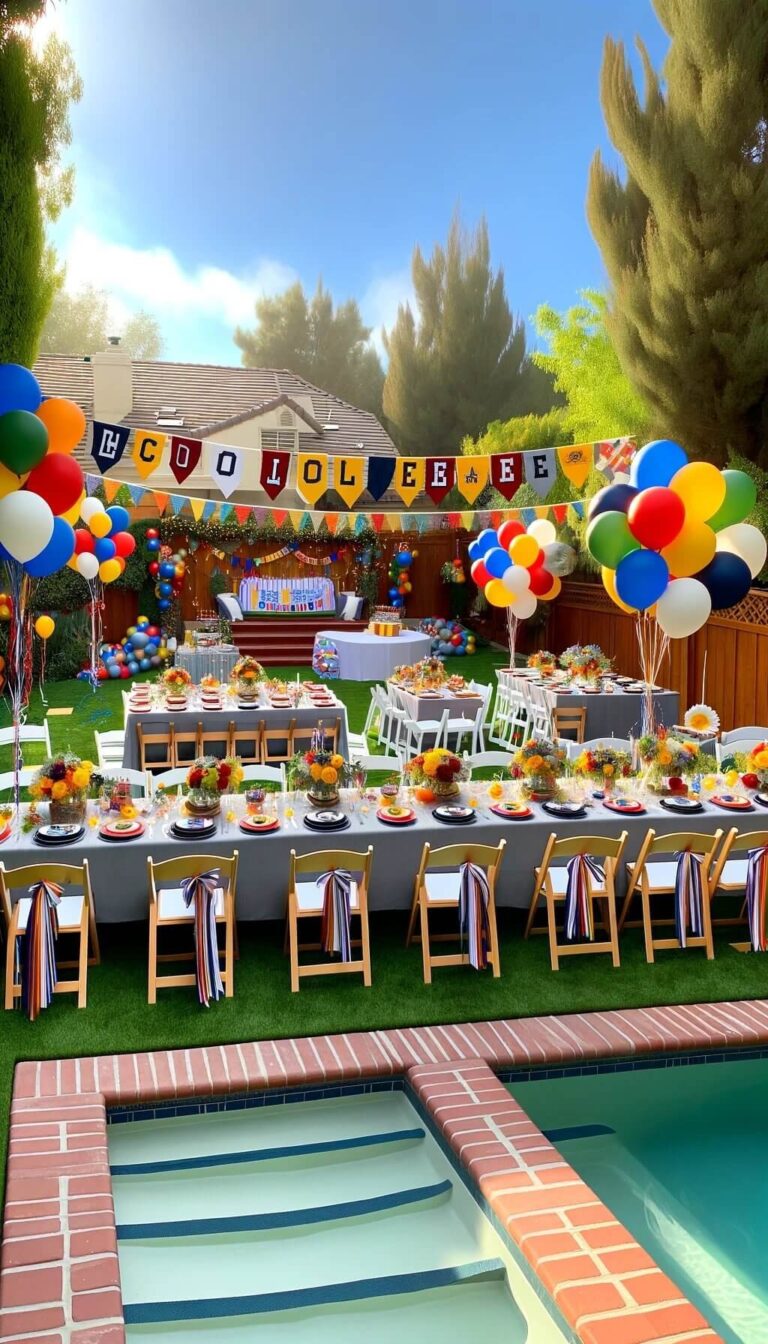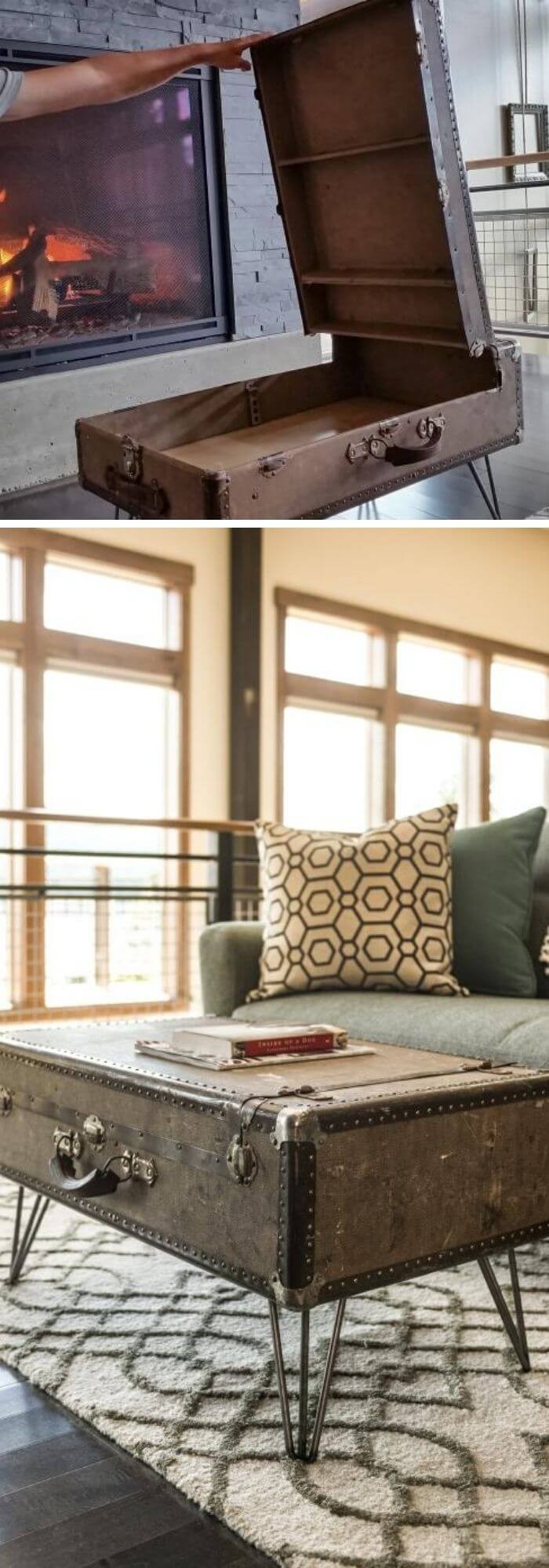35+ Fun And Easy Diy Pipe Projects For Kids To Do This Summer
Transforming leftover pipes from your home renovation into fun and creative projects is the ultimate way to keep your kids engaged this summer without breaking the bank. These versatile pipes can be twisted, turned, and connected to create anything from intricate structures to imaginative playgrounds. Not only are they durable enough to withstand enthusiastic handling, but they also encourage children to think creatively, develop problem-solving skills, and improve their fine motor control.
Beyond being a fun and educational activity, DIY pipe projects offer a unique opportunity for bonding with your kids. With safety goggles at the ready, gather your little ones and get creative. As you work together on these projects, you’ll be surprised by how quickly they can develop into master builders and engineers. In this article, we’ll explore the world of DIY pipe projects and provide you with a range of ideas to get started.
From creating a portable play fort to building a water blaster, there’s something for every age and skill level. So, put on your creative thinking caps and join us on this exciting journey of discovery and fun.
Safety First: The Non-Negotiables of DIY Pipe Projects
Before we embark on the thrilling adventure of bending, cutting, and connecting pipes for a fantastic summer experience, it’s essential to prioritize safety. While this topic may not be the most glamorous, trust me when I say that it’s crucial to ensure everyone involved stays protected from potential hazards. By taking the necessary precautions, you’ll be creating a safe environment where fun and excitement can thrive, without the risk of trips to the ER or worse, serious injuries.
With safety top of mind, we’ll set the stage for an unforgettable summer filled with laughter and memories that will last a lifetime.
Keep an Eye Out
When it comes to engaging in DIY projects with children, adult supervision plays a crucial role. This is not just about preventing chaos from erupting when kids get creative, but also about teaching them essential skills related to tool usage and material handling in a safe manner.
Dress for Success
While you may not typically don your finest attire for a DIY project, wearing protective gear is essential for ensuring your safety. Safety goggles are a must-have for shielding your eyes from potentially hazardous materials like flying PVC chips. Similarly, gloves serve as valuable allies in preventing scrapes and cuts by providing an added layer of protection between your skin and the environment. Think of them as your DIY ‘armor’ that keeps you safe and sound throughout the process.
Choose Wisely
Just as the perfect scoop of ice cream can elevate a cone from good to great, selecting the ideal materials for your project is crucial. One-size-fits-all doesn’t apply when it comes to pipes, as each type has its unique characteristics and advantages. For instance, PVC pipes are often favored for their ease of handling, cutting, and assembly, making them an excellent choice for child-friendly projects.
This attention to detail ensures the final product meets stringent safety standards, providing a sense of confidence and satisfaction.
Tools and Materials: The Building Blocks of Fun
When embarking on DIY pipe projects for kids, it’s not about sourcing the most high-tech tools or materials. Instead, it’s all about simplicity, safety, and fun. To avoid overwhelming yourself or your little ones, let’s break down what you’ll need to get started and create a project that’s both enjoyable and stress-free.
The Must-Have Tools
To embark on pipe projects with your little ones, you don’t need to be a seasoned pro. With these fundamental components, you’ll be well-equipped to get started.
Safety comes first, so be sure to grab some gloves and goggles to protect those tiny hands and eyes from potential harm.
Next, choose the right tool for the job. A hand saw or specialized pipe cutter will suffice, depending on the type of pipe material you’re working with.
For instance, PVC pipes are relatively forgiving and can be cut using basic tools.
To avoid measuring mishaps, keep a measuring tape handy to ensure your cuts are accurate and your projects don’t turn into puzzles. And, to mark where to cut, grab a marker that’s designed for making its mark on pipes.
The Right Materials Make All the Difference
When it comes to choosing materials for your DIY projects, you’re essentially selecting the right ingredients for a recipe. The wrong choice can lead to unexpected results. Here’s what works best:PVC pipes are the foundation of many pipe-based creations. They’re easy to work with, kid-friendly, and versatile enough to be transformed into everything from marshmallow shooters to mini golf courses.
Connectors like elbows, T-joints, and cross joints take PVC pipes to the next level by allowing you to create complex structures. They’re the secret ingredient that brings your project to life. Adhesive is sometimes necessary to keep things in place. Just remember to use a kid-friendly adhesive and ensure it’s safe for use with PVC pipes. Here’s a summary of our top picks in table form:Tool/MaterialPurposeKid-Friendly NoteSafety gearProtects against cuts and debris. Non-negotiable.
Safety first, fun second. Pipe cutter/sawCuts pipes to size. Adult supervision required. Measuring tapeEnsures accurate length for projects. Teaches kids the value of precision. MarkerMarks cutting lines on pipes. Any color works, as long as it’s visible. PVC pipesMain building material for projects. Easy to handle and safe for kids. ConnectorsJoins pipes to create structures. The magic links that expand creative options. AdhesiveSecures connections between pipes and connectors.
Use with care and in well-ventilated areas.
Project Idea: Crafting a Pipe Periscope
As the sun starts shining brighter, it’s an excellent opportunity to get creative with hands-on projects that are both fun and educational. One such project is crafting a periscope from PVC pipes and mirrors. Imagine turning ordinary materials into a spy gadget worthy of James Bond’s attention! This DIY endeavor not only allows you to channel your inner secret agent but also serves as a unique way to explore the properties of light, angles, and mirrors.
Plus, it’s an exciting experience to sneak peeks around corners without being detected.
What You’ll Need
Before embarking on this covert adventure, let’s gather crucial information about the materials and tools we’ll need. We’re keeping things straightforward – no need for a state-of-the-art workshop here! To build our periscope, we’ll rely on some familiar items: PVC pipes serve as the main structure, providing an easy-to-handle and kid-friendly foundation. Mirrors are essential for reflecting images through our periscope, allowing us to bend light in just the right way.
Elbows help connect pipes at precise angles, making those necessary bends for our periscope possible. Finally, adhesive keeps everything in place without the need for screws – a clever solution that streamlines our operation.
Step-by-Step Instructions
To craft an effective DIY periscope, follow these straightforward steps: First, obtain two pieces of PVC pipe, approximately one foot in length each. Then, utilize elbow connectors to form a 45-degree angle between the pipes. This structure should resemble a basic periscope shape already. Next, carefully cut mirrors to fit snugly inside the pipes, ensuring they also sit at a 45-degree angle and reflect the view from one end to the other.
Subsequently, apply a strong adhesive to secure the mirrors within the elbows, allowing it to dry completely before moving forward. Finally, inspect your periscope by peeking through it; if all went according to plan, you should now be able to see over walls and around corners with ease.
Safety Tips
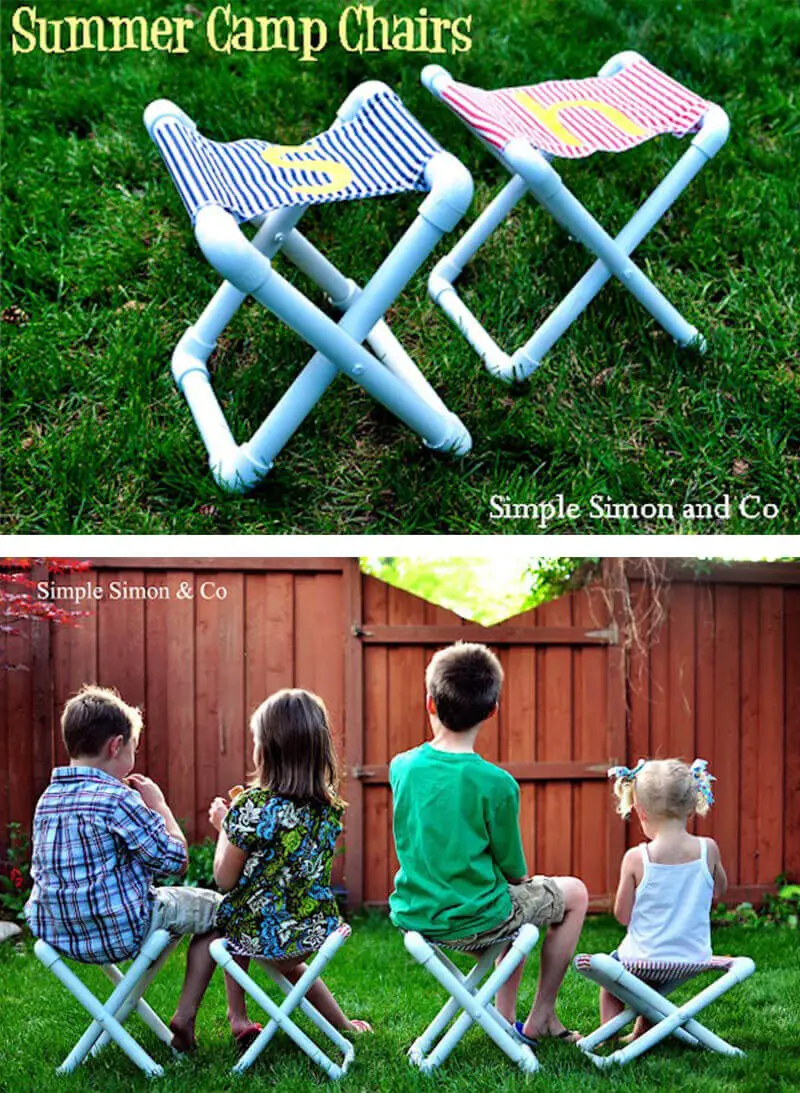
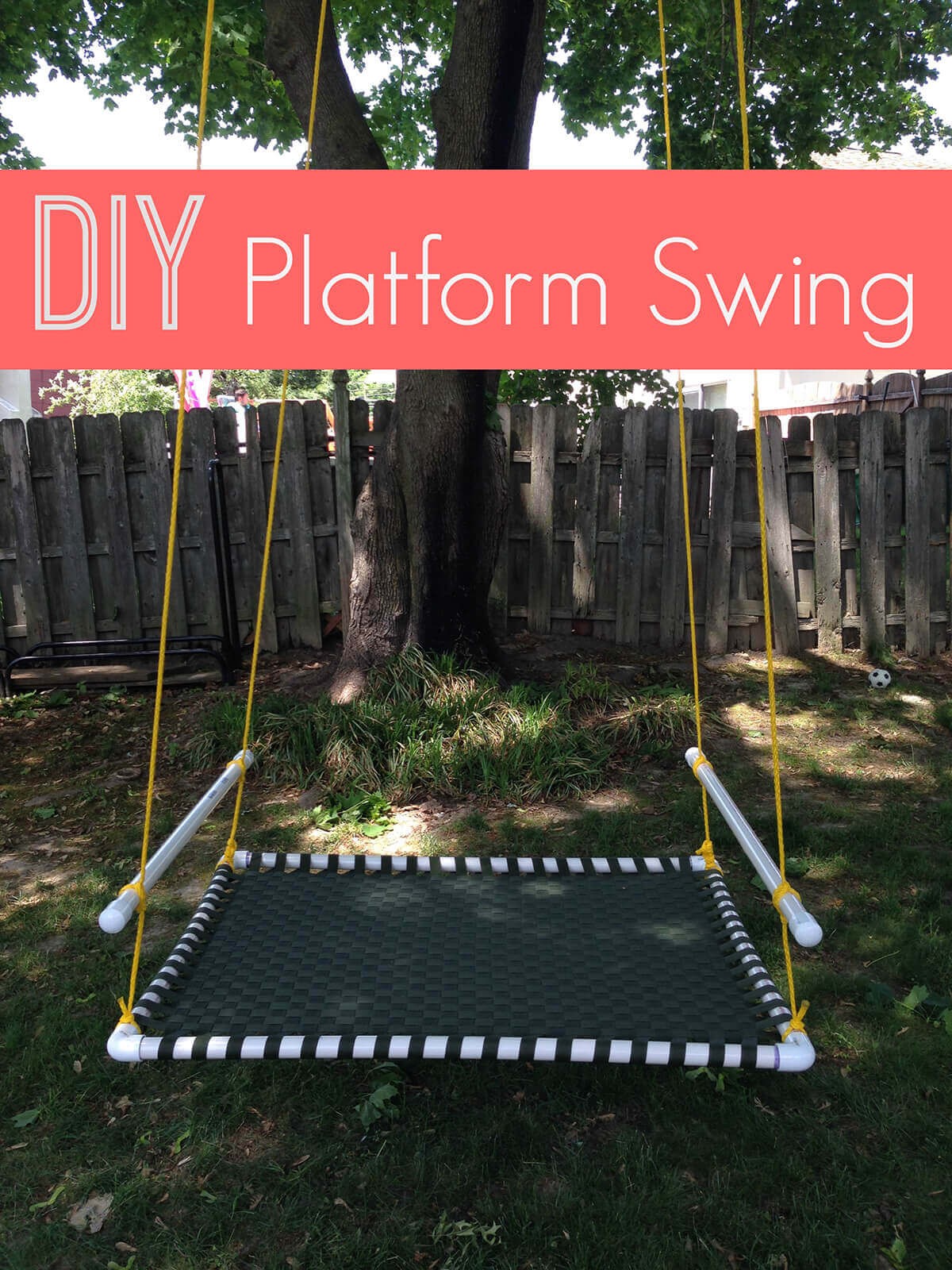
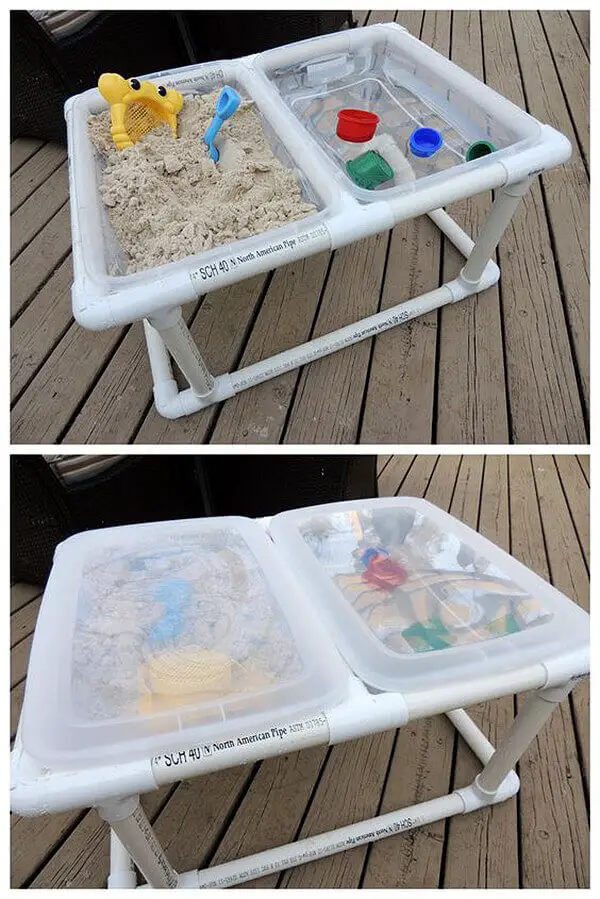

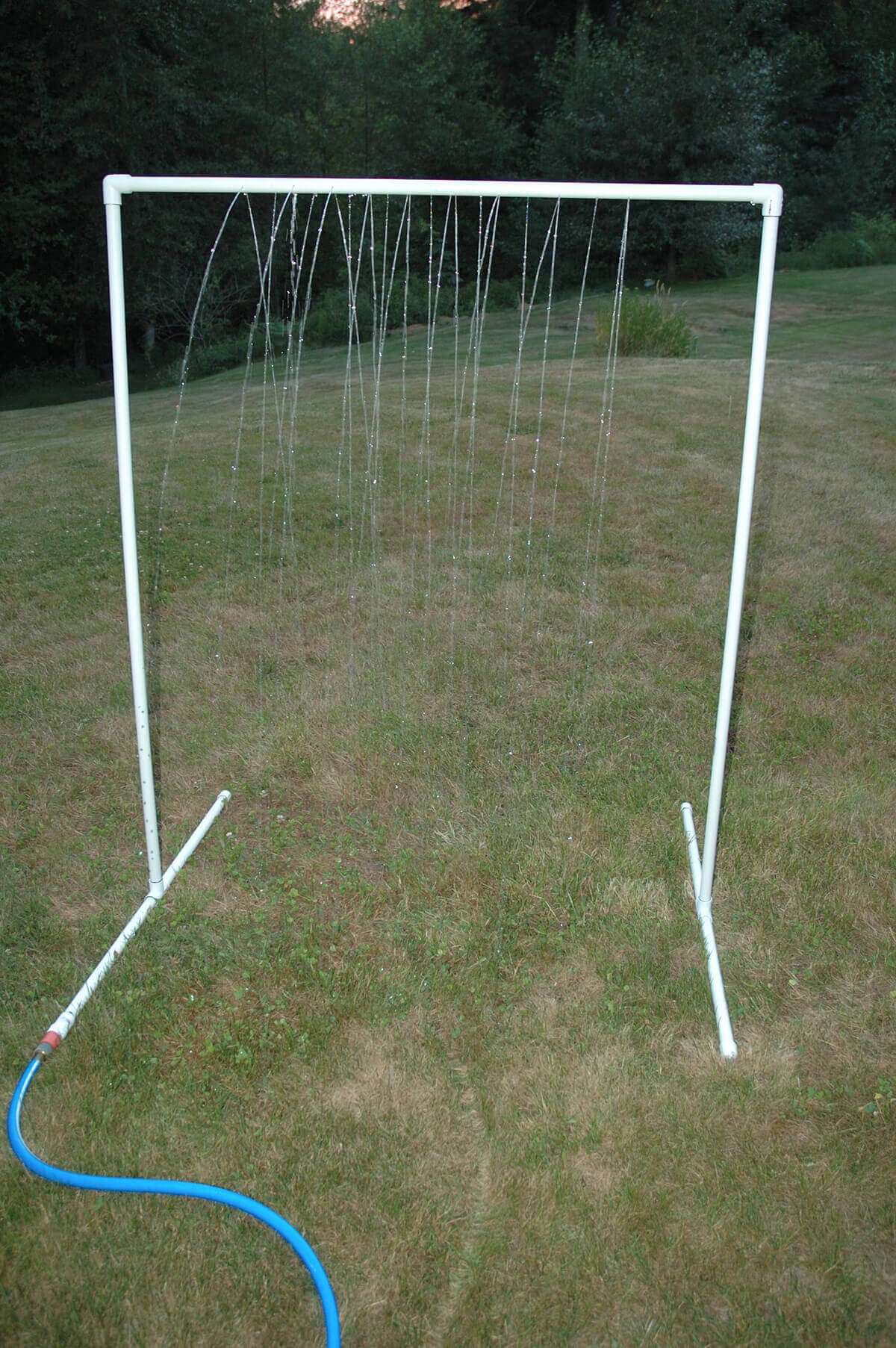
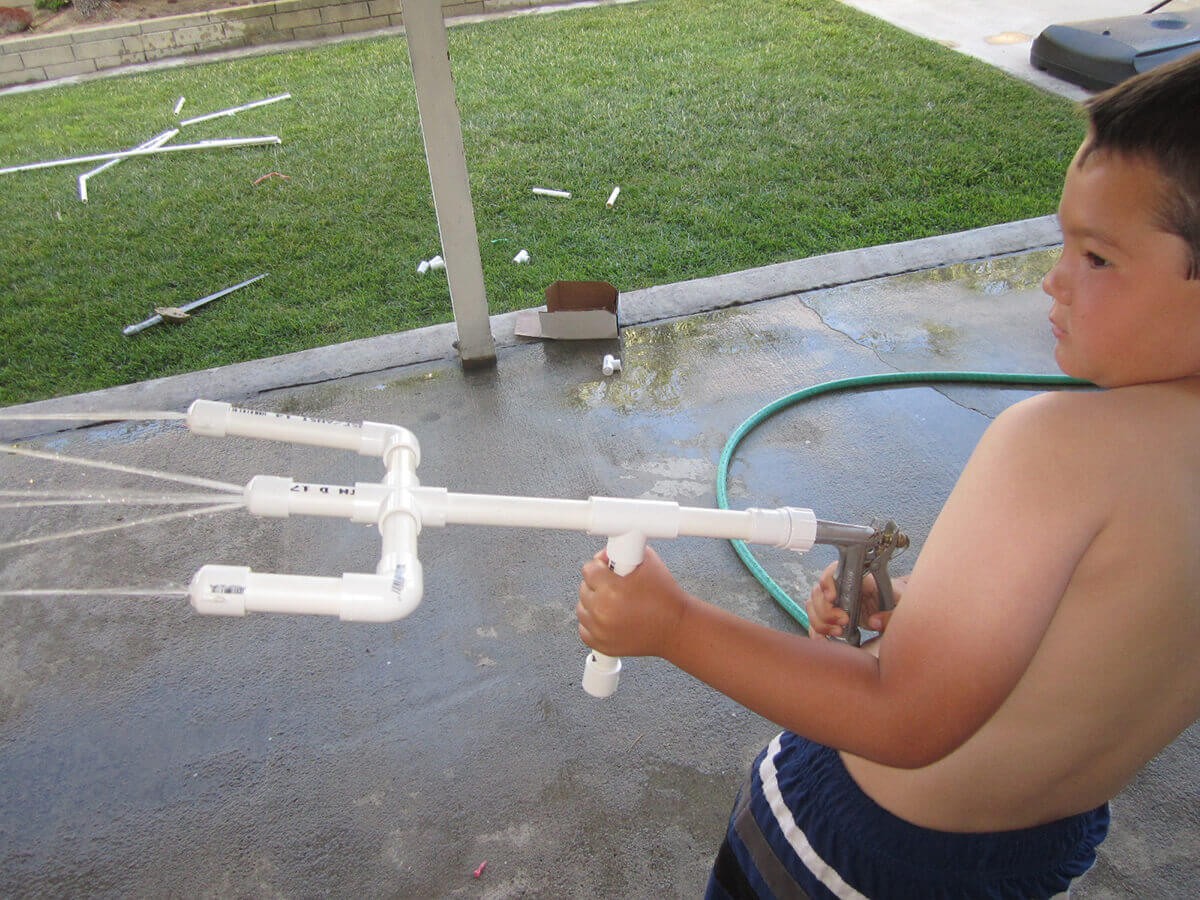
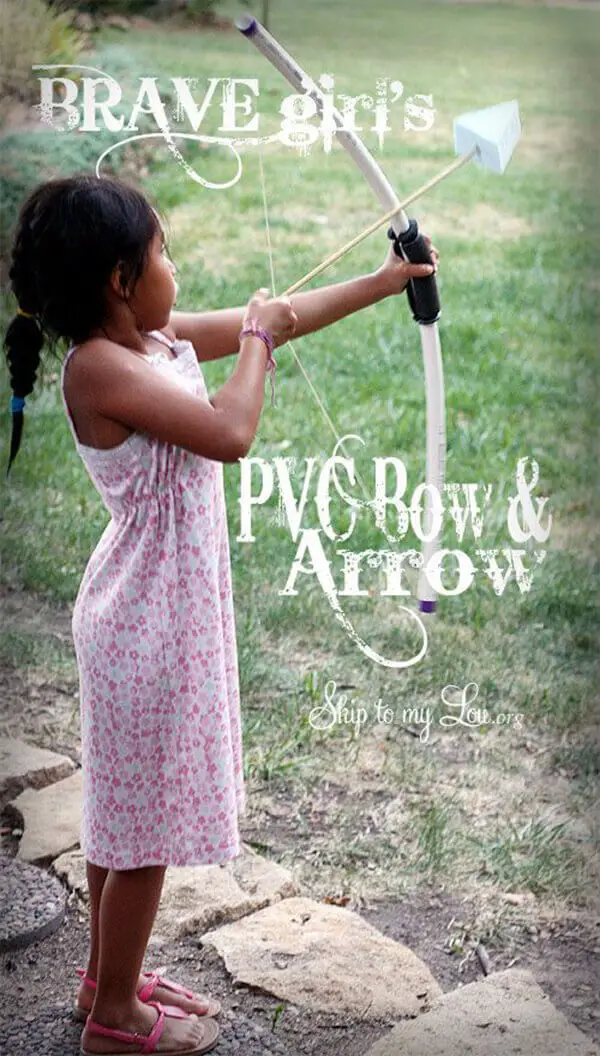
When it comes to secret agent training, safety should be top priority. To ensure a successful mission, here are some crucial reminders to keep in mind:Protective Gear: When handling sharp objects like cut pipes, gloves can be a lifesaver. They’ll shield your fingers from potential harm and prevent any accidental injuries. Proper Ventilation: Workspaces can quickly become hazardous if not properly ventilated.
This is especially important when working with adhesives or other chemicals that can release fumes. Make sure to work in a well-ventilated area to avoid any discomfort or health risks. Adult Supervision: Certain tasks, like cutting and gluing, require adult supervision to ensure they’re done safely and effectively. Kids, your role is to focus on the design and creative aspects of the project – let the adults handle the more challenging parts!
The Pipe Periscope project is an excellent example of how a fun DIY activity can also serve as a learning experience. By combining physics, craftsmanship, and creativity, you’ll discover that even the most unlikely materials can be transformed into something amazing. With a little imagination, the possibilities are endless. So go ahead, get creative, and kick off your summer of spying!
Portable and Storable Pipe-Frame Play Forts
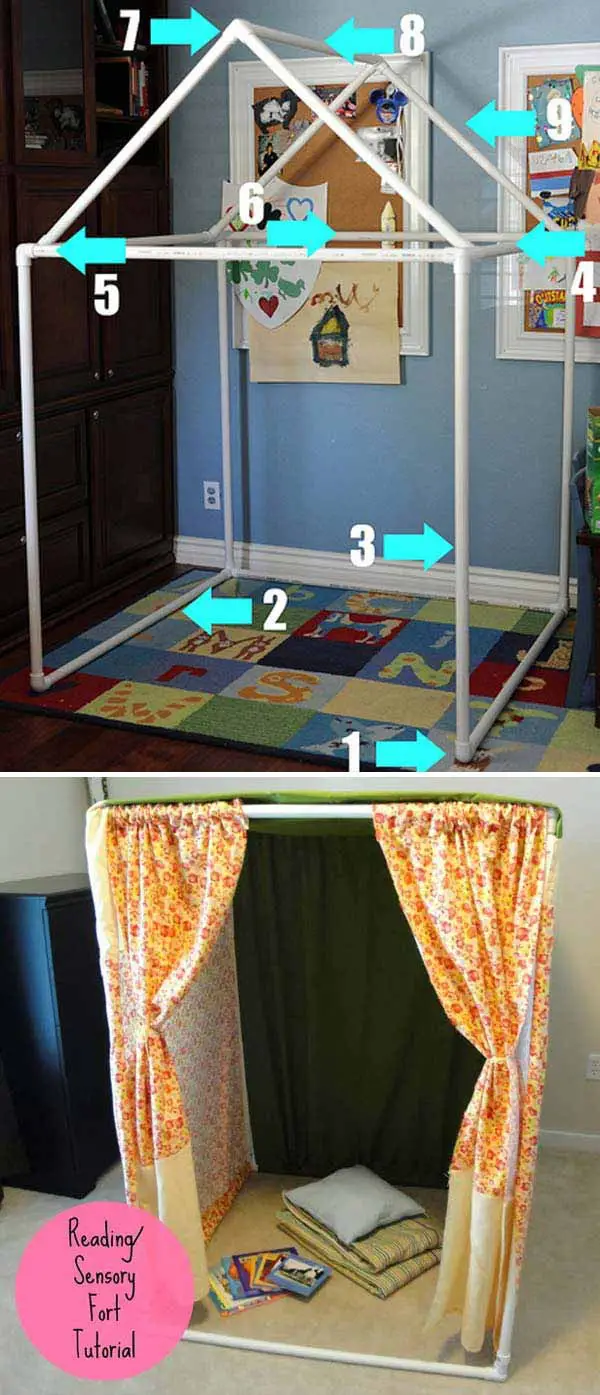
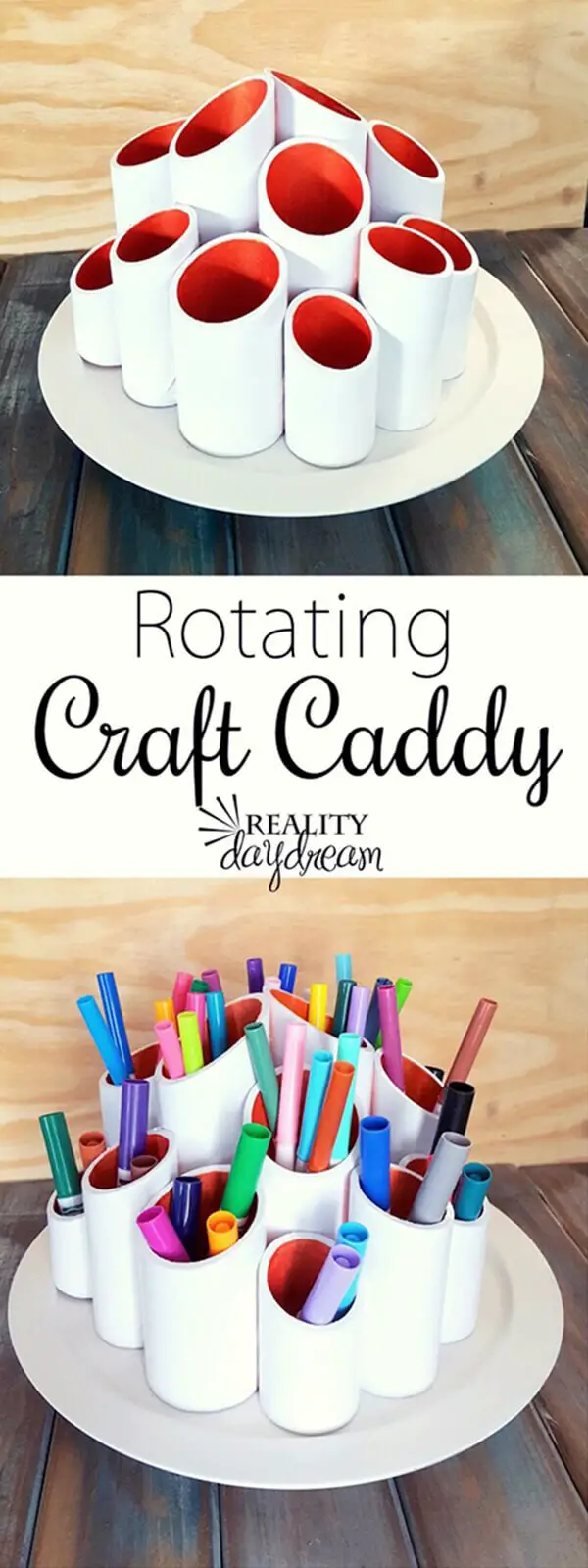
When exploring the world of blogs, it’s essential to identify influential voices in various niches. Three remarkable bloggers that have caught my attention are angryjuliemonday. com, thenorthwestmomma. com, and realitydaydream. com. Each of these talented writers has built a reputation for delivering engaging content that resonates with their audience. From the humorous anecdotes at angryjuliemonday. com to the relatable parenting insights on thenorthwestmomma.
com, and the thought-provoking reflections at realitydaydream. com, these bloggers are making a significant impact in their respective communities.
Human Foosball
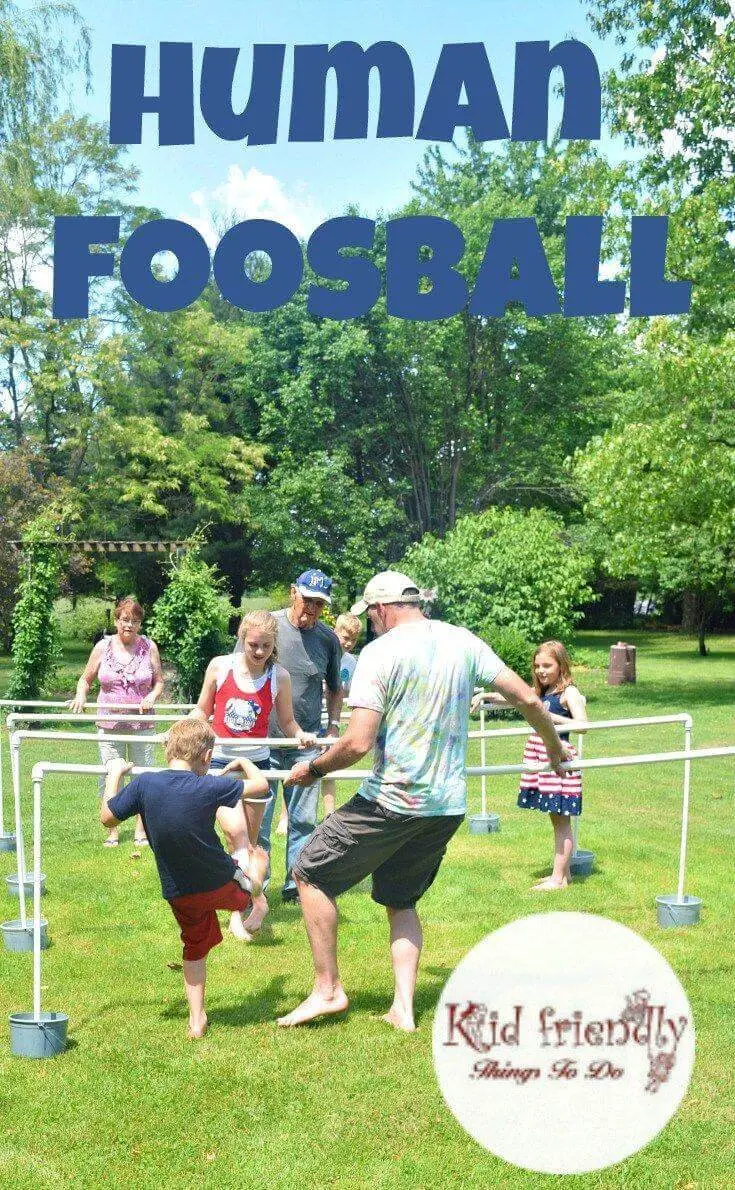
PVC Pipe Field Goal
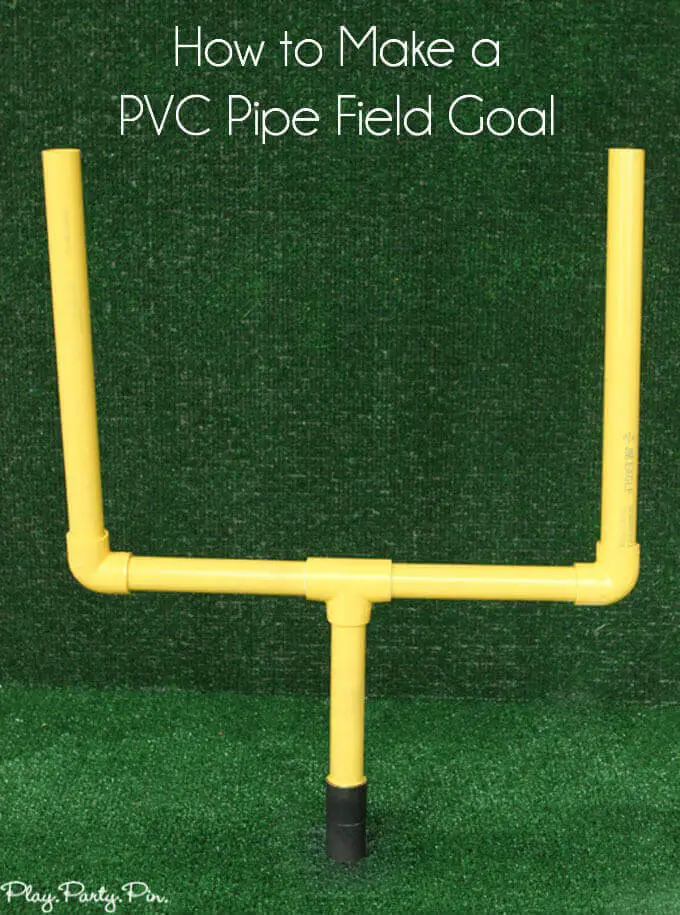
DIY Ladder Golf
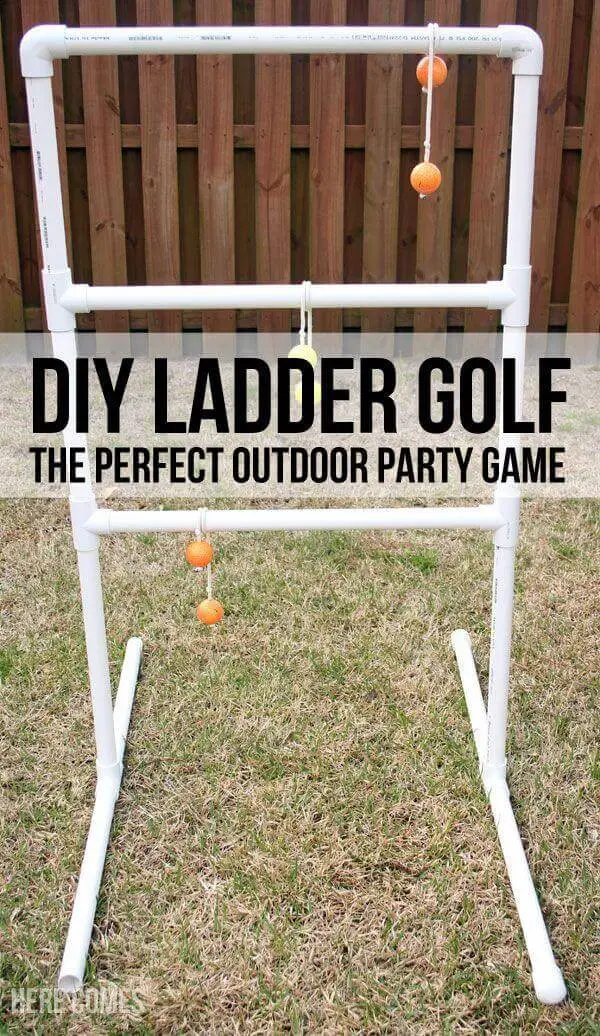
Funnels & Tubes Play
Race Track
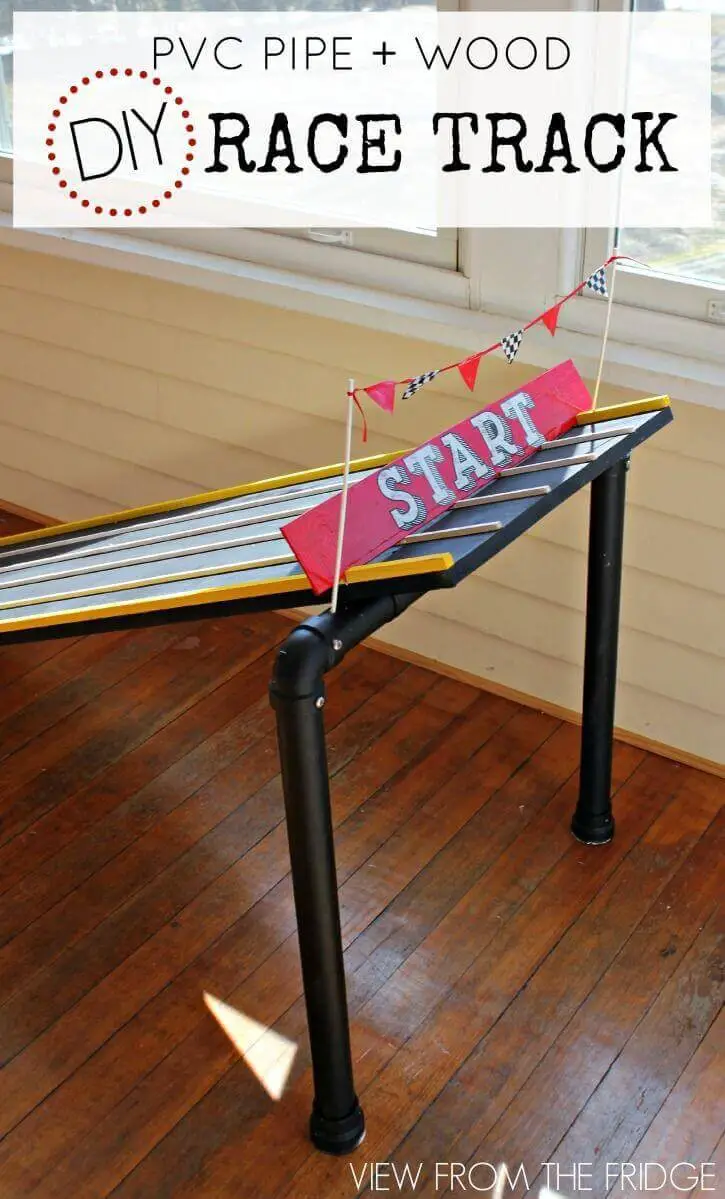
PVC Pipe Xylophone
Pipe Slingshot
DIY Water Blasters
Clever use of tubes for creating shade over lawn that moves with sun
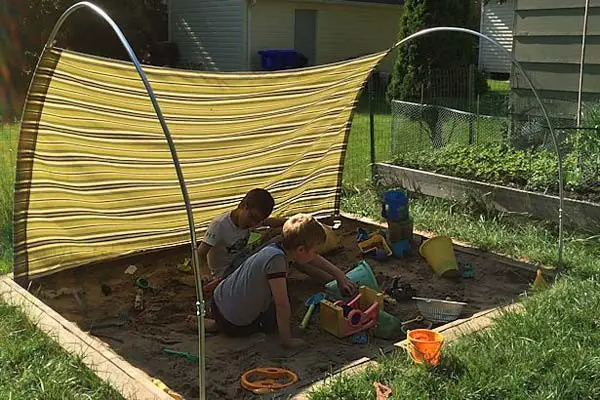
Enjoy cozy outdoor time with this swing made with weaved rope and pvc tubes

Create a toy periscope with a milk carton and two mirrors and some pipes
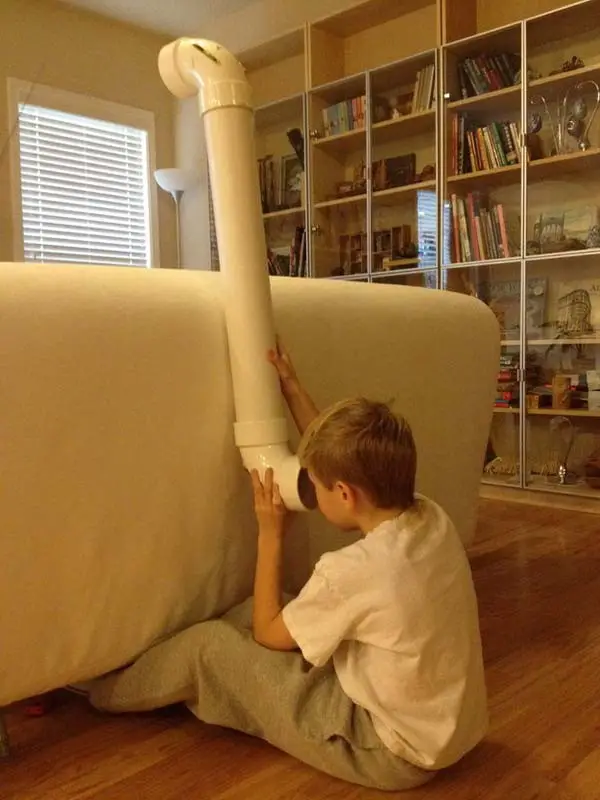
Build a kiddie backyard garage to parking their toys & cars
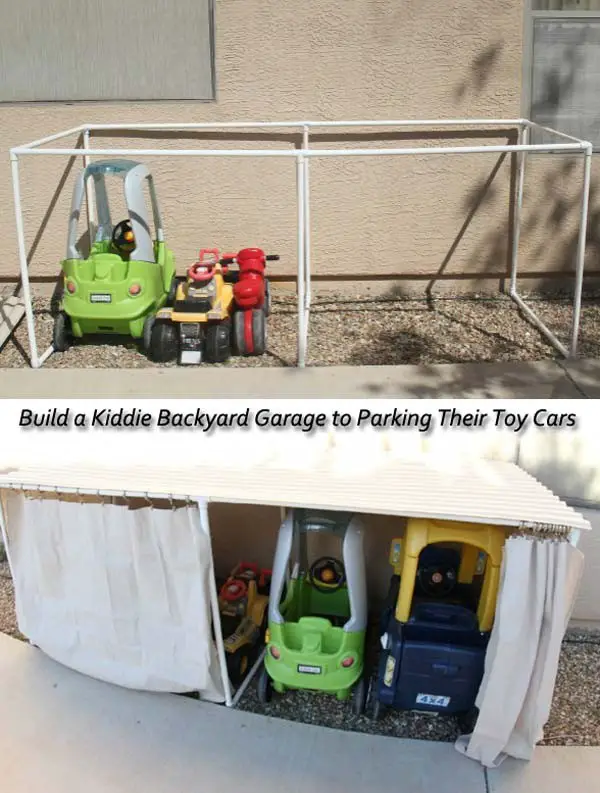
Make a lovely toddler chair
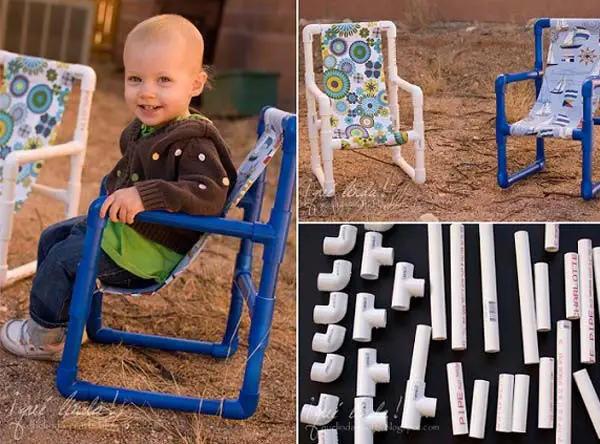
What a great idea to make a kid’s hammock hanging out in the front seat of a car.
It would be perfect reading nook or play house for kids
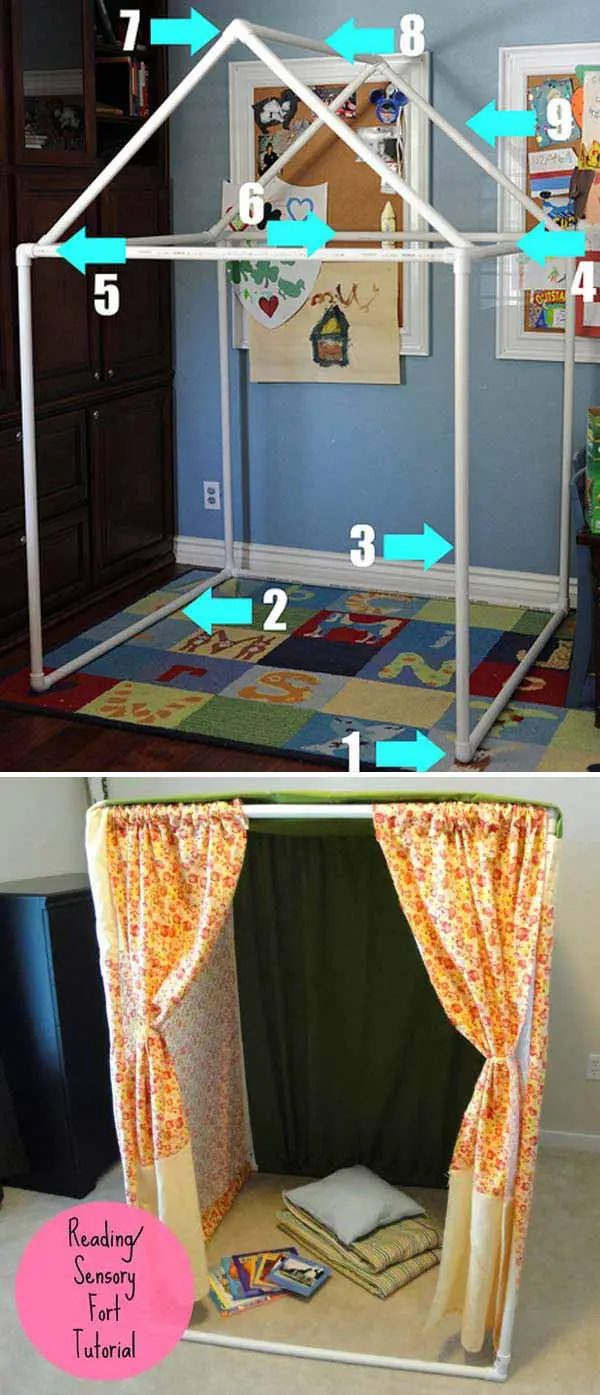
Go for a DIY cars race track
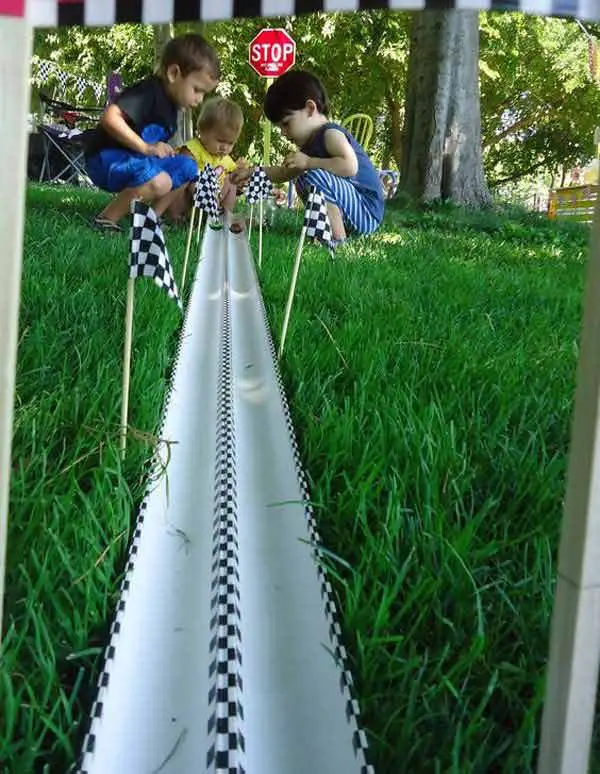
This sand and water table is prettier than a store-bought version
